We Were Soldiers
8.1 /10 2 Votes
63% Rotten Tomatoes 65% Metacritic Genre Action, Drama, History Duration | 7.1/10 IMDb 3.5/4 Roger Ebert Country United StatesGermany | |||||||||||||||||||||||||||||||||
 | ||||||||||||||||||||||||||||||||||
Language EnglishVietnameseFrench Release date March 1, 2002 (2002-03-01) Cast (Lt. Col. Hal Moore), (Maj. Bruce 'Snake' Crandall), (Julie Moore), (Sgt. Maj. Basil Plumley), (2nd Lt. Jack Geoghegan), (Barbara Geoghegan) Similar movies Rambo: First Blood Part II , Cobra Mission 2 , First Blood , Forrest Gump , Missing in Action 2: The Beginning , The Veteran Tagline 400 U.S paratroopers. 4000 Vietnamese soldiers. 12 000 miles away from home. 1 man led them into battle. | ||||||||||||||||||||||||||||||||||
Intense war scene broken arrow we were soldiers 2002
We Were Soldiers is a 2002 American war film that dramatizes the Battle of Ia Drang on November 14, 1965. The film was directed by Randall Wallace and stars Mel Gibson. It is based on the book We Were Soldiers Once… And Young (1992) by Lieutenant General (Ret.) Hal Moore and reporter Joseph L. Galloway, both of whom were at the battle.
Contents
- Intense war scene broken arrow we were soldiers 2002
- We were soldiers final battle scene
- Plot
- Cast
- Adaptation from source material
- Reception
- References
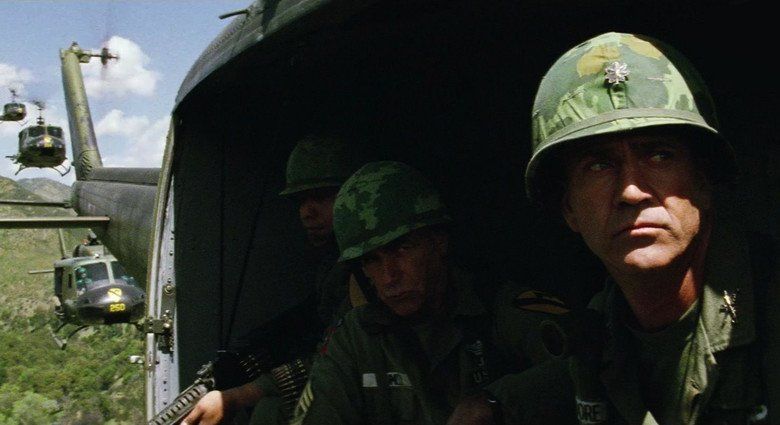
We were soldiers final battle scene
Plot
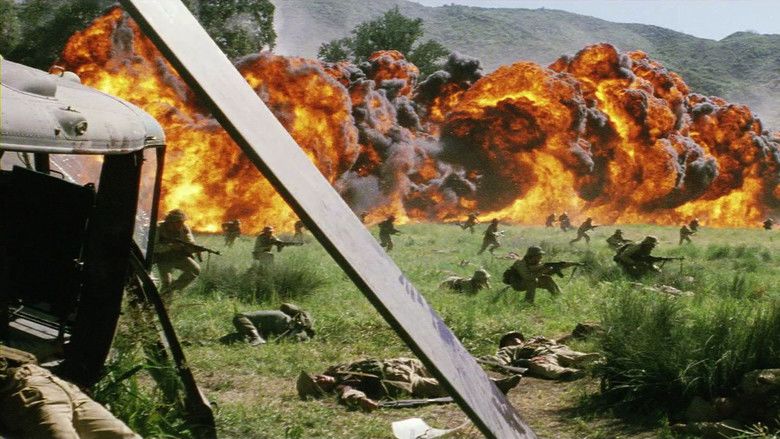
A French unit on patrol in Vietnam in 1954, during the final year of the First Indochina War, is ambushed by Viet Minh forces, probably the Battle of Mang Yang Pass. Viet Minh commander Nguyen Huu An orders his soldiers to "kill all they send, and they will stop coming".
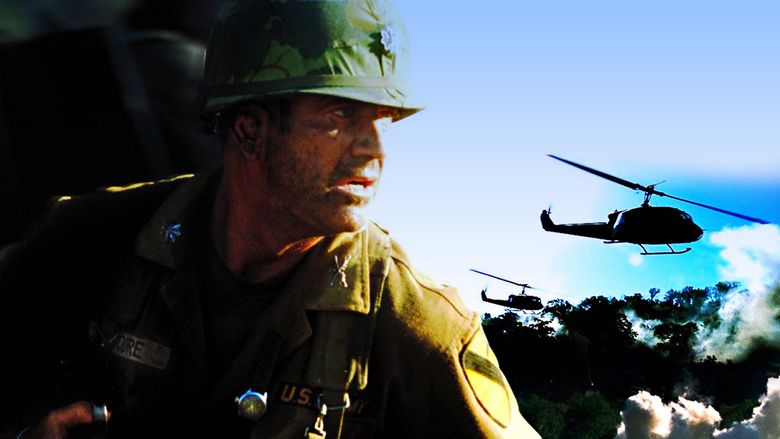
Eleven years later, the United States is fighting the Vietnam War. U.S. Army Lieutenant Colonel Hal Moore (Mel Gibson) is chosen to train and lead a battalion. After arriving in Vietnam, he learns that an American base has been attacked, and is ordered to take his 400 men after the enemy and eliminate the North Vietnamese attackers, despite the fact that intelligence has no idea of the number of enemy troops. As the haunting lament "Sgt. MacKenzie" plays, Moore leads a newly created air cavalry unit into the Ia Drang Valley. After landing in the "Valley of Death", the soldiers learn that the location they were sent to is actually the base camp for a veteran North Vietnamese army division of 4,000 men.

Upon arrival in the area with a platoon of soldiers, 2nd Lt. Henry Herrick spots an enemy scout, runs after him, and orders reluctant soldiers to follow. The North Vietnamese scout lures them into an ambush, resulting in several men being killed, including Lt. Herrick and his subordinates. The surviving platoon members are surrounded with no chance of retreat. Sgt. Savage assumes command, calls in artillery, and uses the cover of night to keep the Vietnamese from overrunning their small defensive position. Meanwhile, with helicopters constantly dropping off units, Lt. Col. Moore manages to secure weak points before the North Vietnamese can take advantage of them.
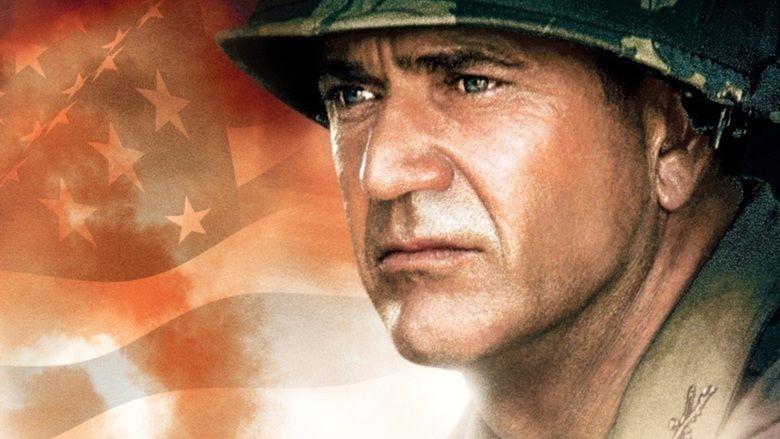
On the second day, despite being trapped and desperately outnumbered, the main U.S. force manages to hold off the North Vietnamese with artillery, mortars, and helicopter airlifts of supplies and reinforcements. Eventually, North Vietnamese commander Nguyen Huu An orders a large-scale attack on the American position.
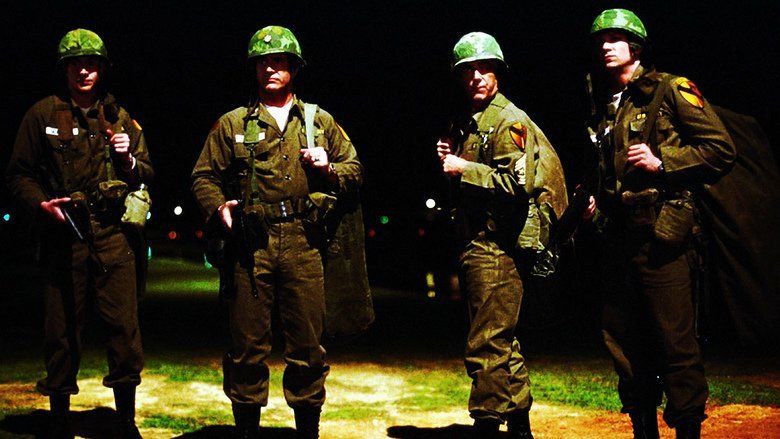
At the point of being overrun by the enemy and with no options left, Moore orders 1st Lt. Charlie Hastings, his Forward Air Controller, to call in "Broken Arrow" (a call for all available combat aircraft to assist and attack enemy positions, even those close to the U.S. troops' position, because a position is being overrun and can no longer be defended). The aircraft attack with bombs, napalm, and machine guns, killing many PAVN and Viet Cong troops; but a friendly fire incident results in American deaths. The second North Vietnamese attack is repelled, and the surviving U.S. soldiers, led by Sgt. Savage, are rescued.
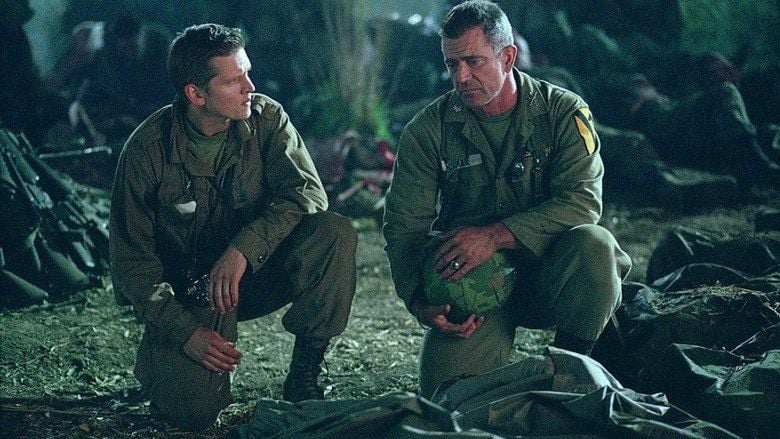
Meanwhile, back in the United States, Julia Moore (Madeleine Stowe) has become the leader of the American wives living on the base. When the Army begins to use yellow cab drivers to deliver telegrams notifying the next of kin of soldiers' deaths in combat, Julia personally assumes that emotional responsibility instead.

Moore's troops regroup, secure the area, and stop at the base of a hill. The North Vietnamese commander plans a final assault on the Americans and sends most of his troops to carry out the attack. The North Vietnamese have set up strong emplacements near the hidden entrance of the underground passage to the command post, spoken of by the scout. Hal and his men charge at them, but before the North Vietnamese can fire, Major Bruce "Snake" Crandall and others in helicopter gunships attack the North Vietnamese, destroying the bulk of the enemy force.
Nguyen Huu An, the North Vietnamese Commander, is alerted that the Americans have broken through their lines, and there are no soldiers between the Americans and their command post. Since the Commander had deployed his reserve forces to a final offensive, and the base camp has no troops to call upon for defense, the North Vietnamese commander quickly orders the headquarters evacuated.
Moore, having achieved his objective, returns to the helicopter landing zone to be picked up. Only after everyone (including the dead and wounded) is removed from the battlefield does he fly out of the valley.
At the end of the film, it is revealed that the landing zone immediately reverted to North Vietnamese hands after the American troops were airlifted out. Hal Moore continued the battle in a different landing zone, and after nearly a year he returns home safely to Julia and his family. His superiors congratulate him for killing over 1,800 North Vietnamese Army and Viet Cong soldiers. An older Moore visits the Vietnam War memorial and sees the names of soldiers who fell at Ia Drang.
Cast
Adaptation from source material
In the source book We Were Soldiers Once… And Young, Hal Moore complains that "Every damn Hollywood movie got it wrong"; director Randall Wallace has said he was inspired by this comment and became "determined to get it right this time".
The film's final version, though getting many of the facts of the book presented onto film, is not entirely a historically accurate portrayal of the battle, nor is it entirely faithful to the book. For instance, the film depicts a heroic charge under the command of Lt. Col. Hal Moore at the end of the battle that destroys the Vietnamese reserve, ending the battle in an American victory (a fact that director Randall Wallace noted in the DVD commentary); in fact, there was no heroic final charge in the book, nor were the North Vietnamese forces destroyed, though the American commander Moore reported 834 enemy bodies and 1215 estimated KIA (one-third of the enemy force) while the US forces were reduced by 72, out of 395, with 18% fatal casualties. Lt. Col. Nguyen Huu An, the Vietnamese commander, did not see the conclusion at LZ X-Ray as the end of combat, and the Battle of Ia Drang continued the next day with combat action at LZ Albany where the 2/7th, with A Company 1/5th, found themselves in a fight for their lives against Lt. Col. Nguyen Huu An's reserve.
Finally, as the movie notes in a voice over by Joe Galloway (Barry Pepper), the battle continued for over 235 more days.
There are many additional historical differences between the book and the movie, presumably made to shorten the length of the movie. Some differences not shown would have demonstrated how desperate the American situation at Ia Drang was. For example, the seriousness of the overrun of C Company under the command of Capt. Robert Edwards and the repulse of the final major North Vietnamese push at LZ X-Ray on the former C Company line, which was then held by B Company 2/7th under the command of Capt. Myron Diduryk, the Ukrainian captain who Col. Moore (Mel Gibson) seems to claim is attached to the 1/7th. Also incorrect is the act of Capt. Ramon Nadal pushing forward and rescuing the stranded platoon of Lt. Henry Herrick, which according to the book was actually done not by one company of the 1/7th, but rather by two companies of the 2/5th as well as B Company 1/7th.
Despite the aforementioned differences from the book and departures from historical accuracy, Gen. Moore states in a documentary included in the video versions that this film is the first one "to get it right".
Reception
The film received mostly positive reviews. Roger Ebert, writing for the Chicago Sun-Times, gave the movie 3.5 stars out of 4, and praised the movie's truthful and realistic battle scenes and how the movie follows the characters.
"Black Hawk Down" was criticized because the characters seemed hard to tell apart. "We Were Soldiers" doesn't have that problem; in the Hollywood tradition it identifies a few key players, casts them with stars, and follows their stories.
Lisa Schwarzbaum, from Entertainment Weekly, gave the movie a B and noted the film's fair treatment of both sides.
The writer-director bestows honor – generously, apolitically – not only on the dead and still living American veterans who fought in Ia Drang, but also on their families, on their Vietnamese adversaries, and on the families of their adversaries too. Rarely has a foe been portrayed with such measured respect for a separate reality, which should come as a relief to critics (I'm one) of the enemy's facelessness in Black Hawk Down; vignettes of gallantry among Vietnamese soldiers and such humanizing visual details as a Vietnamese sweetheart's photograph left behind in no way interfere with the primary, rousing saga of a fine American leader who kept his promise to his men to "leave no one behind dead or alive.
David Sterritt, from the Christian Science Monitor, criticized the movie for giving a more positive image of the Vietnam War that, in his opinion, did not concur with reality.
The films about Vietnam that most Americans remember are positively soaked in physical and emotional torment – from "Platoon," with its grunt's-eye view of combat, to "Apocalypse Now," with its exploration of war's dehumanizing insanity. Today, the pendulum has swung back again. If filmmakers with politically twisted knives once sliced away guts-and-glory clichés, their current equivalents hack away all meaningful concern with moral and political questions. "We Were Soldiers" is shameless in this regard, filling the screen with square-jawed officers who weep at carnage and fresh-faced GIs who use their last breaths to intone things like, "I'm glad I died for my country.
Todd McCarthy, from Variety, said the film "presents the fighting realistically, violently and relatively coherently given the chaotic circumstances..." McCarthy further said, "Mel Gibson has the closest thing to a John Wayne part that anyone's played since the Duke himself rode into the sunset, and he plays it damn well." He summarized with, "Gibson's performance anchors the film with commanding star power to burn. This officer truly loves his men, and the credibility with which the actor is able to express Moore's leadership qualities as well as his sensitive side is genuinely impressive."
Hal Moore, who had long been critical of many Vietnam War films for their negative portrayals of American servicemen, publicly expressed approval of the film and is featured in segments of the DVD. Some soldiers were less pleased: Retired Col Rick Rescorla, who played an important role in the book and was pictured on the cover (and later died in the September 11 attacks), was disappointed, after reading the script, to learn that he and his unit had been written out of the movie. In one key incident, the finding of a vintage French bugle on a dying Vietnamese soldier, the English-born Rescorla is replaced by a nameless Welsh platoon leader.
References
We Were Soldiers WikipediaWe Were Soldiers IMDbWe Were Soldiers Rotten TomatoesWe Were Soldiers Roger EbertWe Were Soldiers MetacriticWe Were Soldiers themoviedb.org
